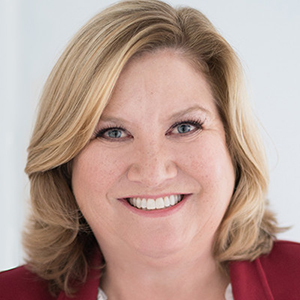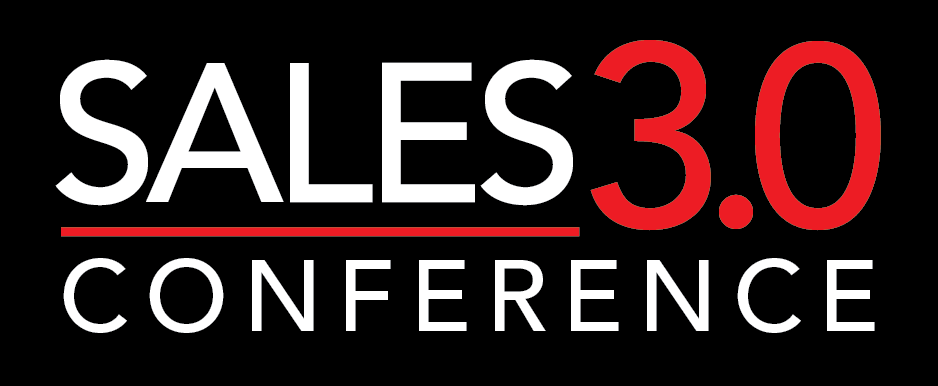Is your team still selling in ways that suit you – not the buyer?
B2B buyers now routinely do their own research prior to engaging with your company’s sales representative. This means chief sales officers (CSOs) need to redesign current sales strategies to support customers’ new buying process, not the company’s selling process.
To sell the way buyers want to buy, you need to do these three things.
#1: Be consistent across multiple buying touchpoints.
Selling today is a team activity that happens across several departments.
Yes, a buyer often has one sales representative as a point-of-contact. But a buyer’s impression is often shaped by multiple touchpoints with employees across the business. This means CSOs should use a sales methodology that all customer-facing employees can easily understand and use consistently.
Make sure every department that interacts with prospects and customers speaks the same language and creates a holistic experience. The handoff between direct sales, inside sales, subject matter experts, coordinators who show demos, and customer service should be seamless.
In many companies, salespeople make promises to prospects; but, after the prospect becomes a customer, the team and communication are vastly different. Miscommunication and unfulfilled promises lead to a dissatisfied customer – and the opportunity for a long-term customer relationship is lost.
#2: Make sure salespeople develop a “credibility statement.”
When a buyer decides to engage with your company, sales representatives have limited time to quickly establish themselves as trusted resources. One of the best ways to build trust and leave a positive impression during an introductory conversation is to create a credibility statement.
With a compelling and succinct credibility statement, your sales representatives can swiftly gain the interest of busy executives who like what they hear and are intrigued to learn more.
How should your sales professionals develop a credibility statement?
- First, quickly establish who they are and what they do. This is one or two sentences to introduce themselves, the company, and their area[s] of expertise.
- Mention similar companies they’ve helped. An executive is listening to see if the seller has the right solution for his or her problem. By briefly mentioning successes at relatable companies, your sales reps can pique their interest.
- Tell the buyer what makes your solution the best fit. Most likely your sales professional isn’t the only one the buyer is talking with, so they need to show how your company is different from competitors. Or, if your company is truly one of a kind, this is your sales rep’s chance to explain why your offering provides a unique advantage.
- Finally, back up success stories with metrics. Your sales team needs to be ready to show the financial or business impact of a customer success story. No need for a data deep dive; just provide some proof points that your solution works. Ending with an impressive, ROI-based outcome is an excellent way to boost your credibility.
#3: Develop better business acumen to engage buyers.
Sales leaders need to make sure their salespeople are well equipped to interact with executive-level buyers. That means they must think like the business executive they’re selling to and speak their language – the language of finance.
Salespeople who can demonstrate unique industry insights will stand out. Sales professionals should show what they know so they can go beyond generic questions – and get to the point quickly; busy buyers don’t have time for long warmups. Sales can stay current on a targeted executive and her company (as well as the industry) using LinkedIn, Twitter, and Google Alerts. As a bonus, they’ll be prepared for both scheduled calls and chance encounters.

Julie Thomas is the president and CEO of ValueSelling Associates. She is a sought-after speaker and author of ValueSelling: Driving Up Sales One Conversation at a Time. Connect with her on LinkedIn.




